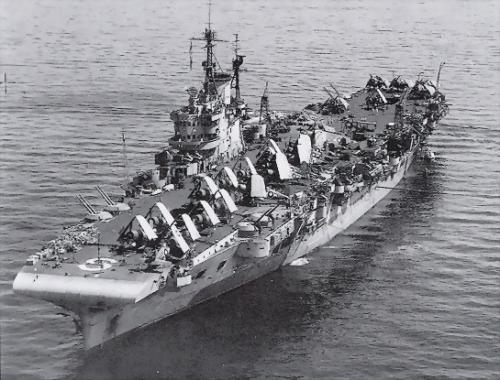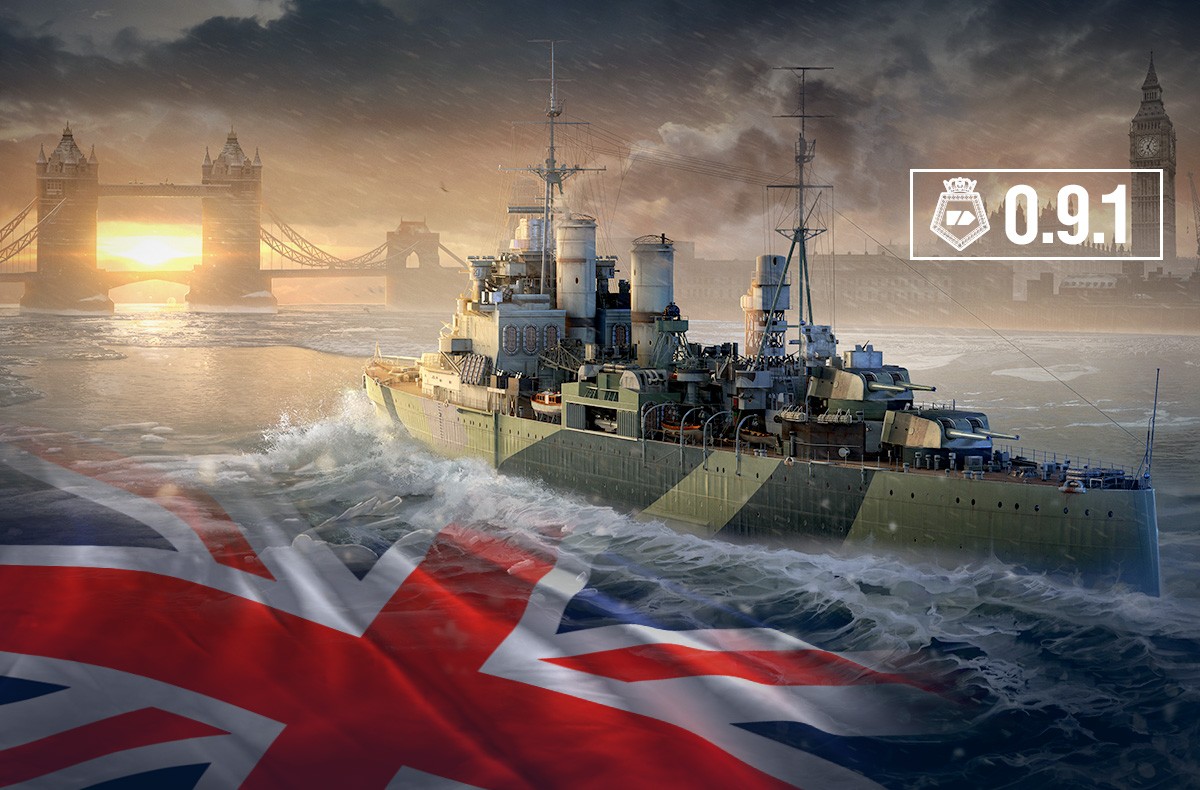

She carried a maximum of 4,690 long tons (4,770 t) of fuel oil which gave her a range of 6,720 nautical miles (12,450 km 7,730 mi) at 20 knots (37 km/h 23 mph). The turbines were designed to produce a total of 148,000 shp (110,000 kW), enough to give them a maximum speed of 32.5 knots (60.2 km/h 37.4 mph). The ships had four Parsons geared steam turbines, each driving one shaft, using steam supplied by eight Admiralty 3-drum boilers. Implacable's complement was approximately 2,300 officers and enlisted men in 1945. The ships had metacentric heights of 4.06 feet (1.2 m) at light load and 6.91 feet (2.1 m) at deep load as completed. The Implacable-class ships were significantly overweight and displaced 32,110 long tons (32,630 t) at deep load. Her beam was 95 feet 9 inches (29.2 m) at the waterline and she had a draught of 29 feet 4 inches (8.9 m) at deep load. Implacable was 766 feet 6 inches (233.6 m) long overall and 730 feet (222.5 m) at the waterline. They were designed to be 2 knots (3.7 km/h 2.3 mph) faster, and to carry an additional dozen aircraft at the expense of reduced armor protection to remain within the 23,000 long tons (23,000 t) available from the tonnage allowed by the Washington Naval Treaty. The Implacable class had its origin as an improved version of the Illustrious-class aircraft carriers for the 1938 Naval Programme. Implacable was decommissioned in 1954 and sold for scrap the following year. The ship was considered for a major modernization in 1951–52, but this was rejected as too expensive and time-consuming.

She was placed in reserve in 1950 and converted into a training ship in 1952, and served as the flagship of the Home Fleet Training Squadron. During this time she participated in many exercises and made a number of port visits in Western Europe. She briefly served as the flagship of the Home Fleet in 1950.

Implacable returned home in 1946 and became the Home Fleet's deck-landing training carrier, a role that lasted until 1950. The ship was used to repatriate liberated Allied prisoners of war (PoWs) and soldiers after the Japanese surrender, for the rest of the year. She was subsequently assigned to the British Pacific Fleet (BPF) where she attacked the Japanese naval base at Truk and targets in the Japanese Home Islands in 1945. Upon completion in 1944, she was initially assigned to the Home Fleet and attacked targets in Norway for the rest of the year. HMS Implacable was an Implacable-class aircraft carrier built for the Royal Navy during World War II. HMS Implaceble Passing under Lions Gate Bridge Vancouver 11 October 1945 History


 0 kommentar(er)
0 kommentar(er)
